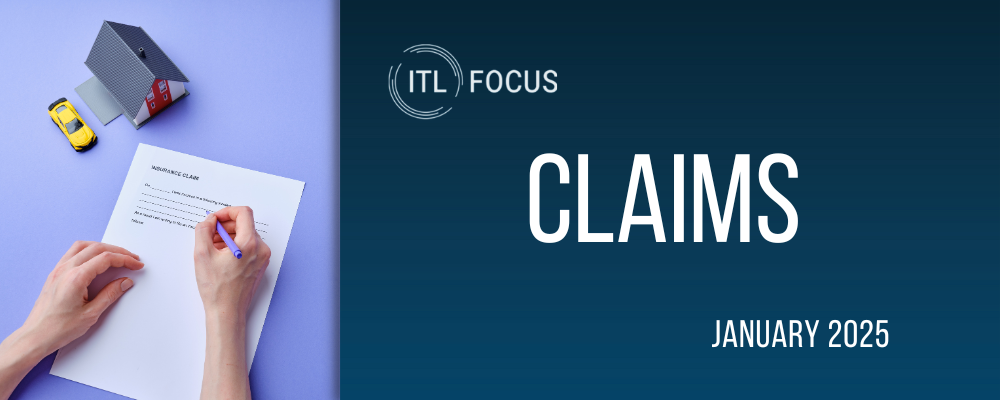This is the tenth article in an 11-part series on Owner Controlled Insurance Programs. Preceding and subsequent articles in this series can be found here: Part 1, Part 2, Part 3, Part 4, Part 5, Part 6, Part 7, Part 8, Part 9, and Part 11.
Particular Challenges Of Owner Controlled Insurance Program Claims (continued)
Contractors Partially Enrolled
In residential construction, wrap-up policies that cover all of the builders' projects under construction are becoming increasingly popular. These are sometimes referred to as "rolling wraps,” since they "roll” from one project to the next. Individual contractors and subcontractors enrolled in the home builders' wrap-up plan for work pursuant to a specific subcontract or project. The difficulty can occur when a rolling wrap is created while projects are ongoing.
Imagine, for example, a multi-phased development project that takes several years to complete. The project begins at a time when the builder has a traditional risk management structure, including the requirement for additional insured endorsements and indemnity agreements running in its favor from each of the contractors performing work. Midway through the project, the builder changes its liability program to a "rolling wrap,” which then insures all of the contractors on the job site. The change in programs does not pose particular difficulties with regard to operations claims; however, completed operations are a different matter.
In the typical construction defect claim, a group of homeowners will band together to file a single lawsuit against the developer. The homes in litigation can be from all phases of the development. Therefore, there can be homes at issue in the litigation that were developed under the traditional insurance program and claims completed under the rolling wrap. This presents ethical and administrative problems that need to be addressed early in the resolution process.
Under a rolling wrap-up, the builder as well as all of the contractors are "insureds” under the program. Most states follow the rule that the carrier may not satisfy a loss and sue its insured in subrogation to recover (e.g., Affilitated FM Insurance Co. vs. Patriot Fire Protection, Inc. (2004) 120 WN App. 1039, 2004, Wash.App.Lexis 340.) Thus, the homes insured under the wrap, the carrier could not satisfy the loss on behalf of the builder and then pursue recovery from the contractors insured under the same policy.
Partial wrap insurance also creates an ethical dilemma for the wrap carrier and counsel retained. One of the basic premises underlying a wrap or Owner Controlled Insurance Program is to eliminate the infighting and be able to retain one lawyer to represent all parties under the Owner Controlled Insurance Program. Thus, a homeowner who sued the builder would have one source of recovery. If the builder's attorney now filed a third-party complaint against the subcontractors relating to homes which are not part of the Wrap, it potentially undermines the effectiveness of the wrap-up. The target subcontractors would then seek coverage from all of their carriers potentially providing coverage for the homes in litigation, including the wrap-up. Hiring separate lawyers for each of the subcontractors is costly, and the avoidance of same is one of the reasons to consider a wrap-up program. However, the carrier is faced with two contrary goals. On the one hand it wants to minimize the amount of legal expense it has to incur by paying multiple lawyers to fight each other; on the other hand, it wants to seek recovery against the subcontractors for the ones that are not enrolled in the wrap-up.
The solution that most carriers are adopting requires the cooperation of the plaintiff's bar, which is never a certain thing. Prior to filing cross-complaints against the subcontractors, the builder tries to sever or resolve the wrap-up homes first. While it is possible that this claims handling could be viewed as settling out only the covered portions of the loss, and therefore depriving the insured of a defense, our prediction is that, if handled properly, it will in fact be a partial satisfaction of the enrolled contractors' liability and therefore acceptable. (See, for example, Hartford Casualty Insurance Co. vs. Dodd (D.MD 1976) 416 F.Supp. 1216.) We compare that with Brown vs. United States Fidelity and Guaranty Co. (2d Cir.1963) 314 F.2d 675, 681-682, which recognized that the insurer who exhausted its policy limits by settling two of the four claims may have acted in bad faith if there was "over eager” settlement of those claims. Most rolling wrap policies are triggered by either a project designation or a close of escrow date. Thus, under a correctly written wrap, there will be no coverage and no duty to defend or indemnify for homes that are not a part of the wrap. Therefore, if it is feasible to do so, it should be possible to settle only the wrap homes.
Of course, if the carrier is unable to settle the wrap homes only, it will have to set up multiple claim files. For each contractor that is involved in non-wrap homes as well as wrap homes, the carrier will likely have a claim file open for each.
This problem presents itself only in those wraps that will cover some but not all of the homes in a given project. Where the enrollment in the wrap is commensurate with the beginning of the project, then all of the contractors should be "enrolled contractors” and this problem would not present itself. For design purposes to avoid this problem, however, the issue is enrollment, in combination with the project.





